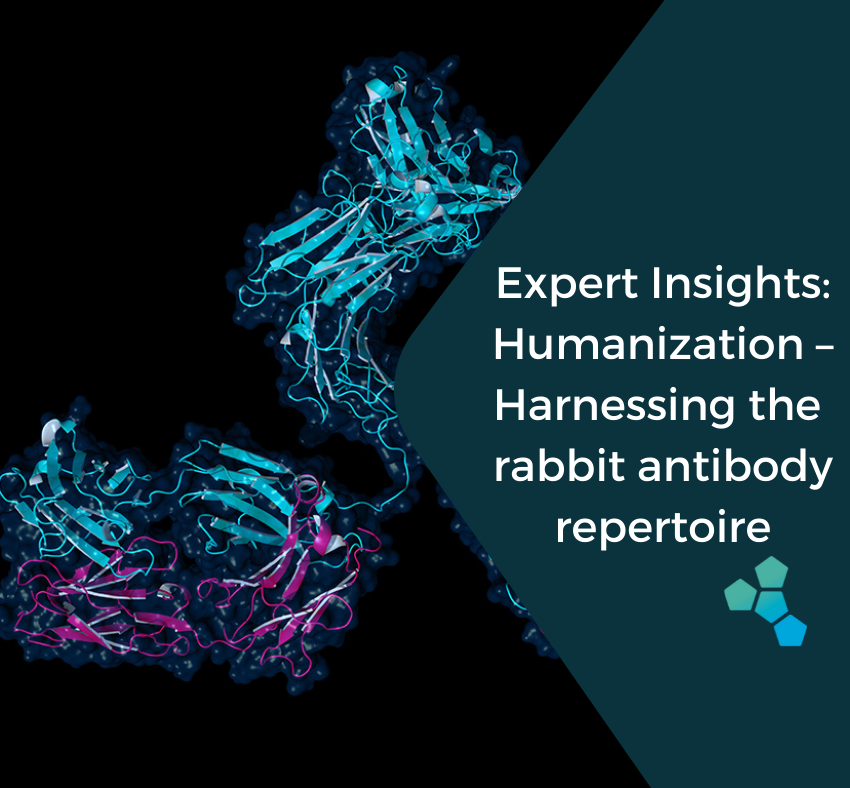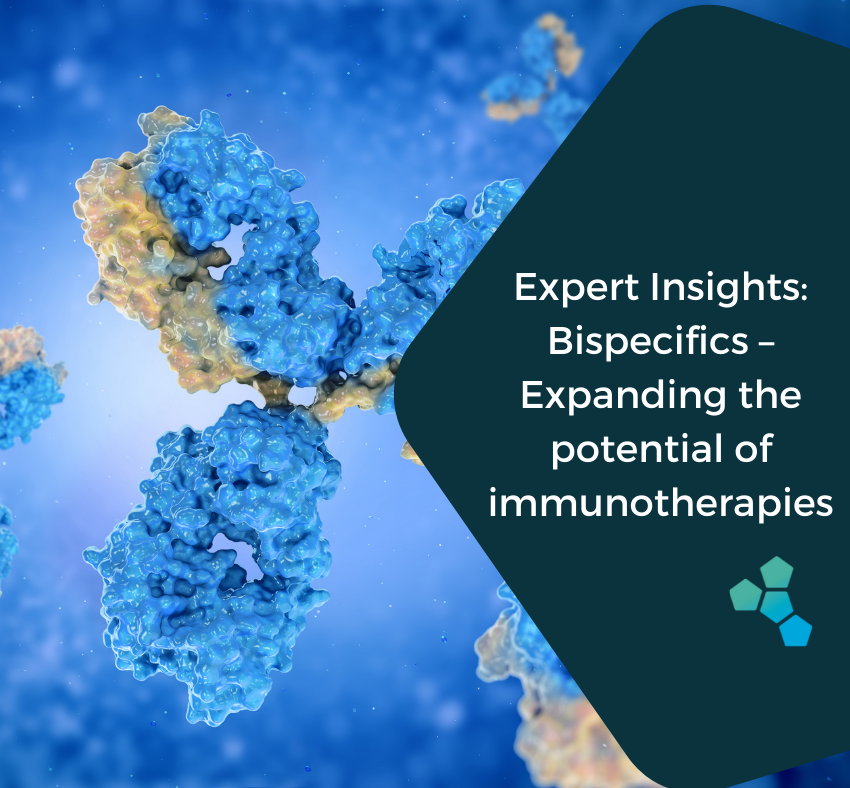News
Overcoming obstacles on the path to the clinic
Therapeutic antibodies have revolutionized the treatment of numerous diseases, but not every antibody has what it takes to become a licensed medicine. Finding a high-affinity antibody that binds to your target is only the first step. The ideal therapeutic antibody must have good efficacy, safety, pharmacokinetics (PK) and stability, and in addition, be easy to manufacture to ensure commercial viability.
Safety first
Safety is the first requirement for any medicine, and this is no different for therapeutic antibodies. Perhaps most importantly, a good therapeutic antibody should bind to its target with high specificity. For example, an antibody that is designed to target tumour cells should ignore healthy cells, as off-target binding might lead to unexpected side effects.
It’s also crucial to fine-tune the antibody’s affinity – how tightly it binds to its target. If the affinity is too low and the antibody binds its target only weakly, the therapeutic effect may not be achieved. Conversely, if the affinity is too high, the antibody dose could be “used up” too quickly, and the likelihood of off-target activity might increase.
Another important step is to minimise the risk of the antibody generating an immunogenic reaction. If an antibody is unstable, it can aggregate, misfold or even give rise to potentially dangerous metabolites such as charge variants (which occur when an amino acid has been oxidised or deaminated). These seemingly minor changes can render an antibody immunogenic, as well as reducing its efficacy.
Optimising efficacy and PK
When it comes to optimising the efficacy of an antibody, one of the major challenges is fine-tuning its affinity. The antibody needs to have sufficiently high affinity to ensure that it works as intended, but not high enough that it binds to off-target molecules and causes unintended side effects. In some cases, reducing the antibody’s affinity might actually increase its functionality, particularly in the case of multi-specific antibodies that bind two or more antigens at once (1).
Therapeutic antibodies also need to be delivered efficiently to where they’re needed in the body, and hang around for long enough to have an effect. At the same time, there should be a focus on minimising the number of doses the patient requires. The PK of the antibody can be optimised by careful screening for liabilities in its sequence that could, for example, make it unstable, meaning greater and more frequent doses are required.
Cost of goods
With increasing numbers of approvals, the therapeutic antibody market is getting crowded and competitive. Healthcare payers need to control costs, a pressure that is passed onto manufacturers. Thus, cost control should be part of every antibody development programme from the beginning.
Optimising antibody expression and considering the “manufacturability” of antibody sequences is fundamental to developing any therapeutic antibody, and ultimately also has an impact on cost. A functionally perfect antibody that becomes overly modified or degraded during large scale manufacture will not make it to the clinic. For example, manufacturability can be affected by free cysteines, formation of interchain disulphide bond formation and aggregation. Less dramatic self-interaction may still only be evident at the high concentrations required for a clinical production batch.
Stability is another cost factor. Optimizing the antibody for longer shelf life and reducing the need for cold storage can help to keep costs down.
Help from a trusted partner
Fusion Antibodies’ rational affinity maturation platform – RAMPTM – produces functional antibodies that are optimised to jump the hurdles littering the path to the clinic, helping to control costs along the way. Rational library design reduces the risk of sequence liabilities and the downstream risks of aggregation and immunogenicity (2). This can increase yield, optimise affinity and promote stability. The best candidates are screened out in silico from the library and expressed in mammalian cells for further characterisation – including manufacturability.
References
1 Mazor, Y., Sachsenmeier, K., Yang, C. et al. Enhanced tumor-targeting selectivity by modulating bispecific antibody binding affinity and format valence. Sci. Rep. 7, 40098 (2017).
2 Tabasinezhad, M., Talebkhan, Y., Wenzel, W. et al. Trends in therapeutic antibody affinity maturation: From in-vitro towards next-generation sequencing approaches. Immunol. Lett.212, 106–113 (2019).


